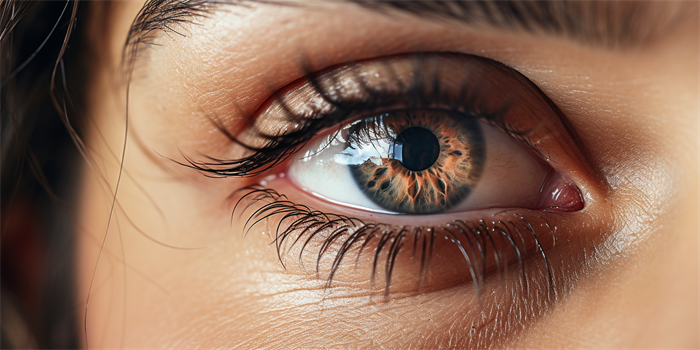Can I Eat Shrimp After Microblading in Papua New Guinea?
Microblading, a popular cosmetic procedure that enhances eyebrows by depositing pigment into the skin, requires careful post-treatment care to ensure optimal healing and results. One common question among individuals who have undergone microblading in Papua New Guinea is whether they can eat shrimp during the recovery period. This article delves into various aspects of post-microblading care, focusing on dietary considerations, potential risks, and expert recommendations.

Understanding Microblading Recovery
Microblading involves creating fine incisions in the skin and filling them with pigment, which can lead to minor wounds. The healing process typically takes about four weeks, during which the skin is more susceptible to infections and other complications. Proper care, including hygiene practices and dietary choices, is crucial to facilitate healing and prevent adverse reactions.
Dietary Considerations After Microblading
Diet plays a significant role in the healing process. Consuming nutrient-rich foods that promote wound healing and skin regeneration is advisable. Foods high in vitamins A, C, and E, as well as proteins and antioxidants, are particularly beneficial. However, some foods and substances may interfere with the healing process or cause allergic reactions, which could affect the microbladed area.
Potential Risks of Eating Shrimp After Microblading
Shrimp is a common allergen, and consuming it could lead to allergic reactions in some individuals. Symptoms of shrimp allergy can range from mild, such as itching and hives, to severe, including anaphylaxis. If you are allergic to shrimp, it is crucial to avoid it to prevent any complications that could affect the microbladed area. Even if you are not allergic, it is important to consider the potential for digestive issues or other reactions that could indirectly impact healing.
Expert Recommendations for Diet After Microblading
Cosmetic professionals and dermatologists generally recommend avoiding foods that are known to cause allergic reactions or inflammation during the microblading recovery period. This includes seafood, particularly if you have a history of allergies or sensitive skin. Instead, focus on a balanced diet rich in fruits, vegetables, lean proteins, and whole grains to support healing and maintain overall health.
FAQs About Eating Shrimp After Microblading
Q: How long should I avoid eating shrimp after microblading?
A: It is generally recommended to avoid foods that could cause allergic reactions or inflammation for at least the first two weeks after microblading. This period is crucial for wound healing and preventing complications.
Q: Can I eat shrimp if I have never had an allergic reaction to it?
A: While it is possible to eat shrimp if you have no history of allergies, it is still advisable to be cautious. Monitor for any signs of allergic reactions or skin irritation, and consult your dermatologist or cosmetic professional if you have any concerns.
Q: Are there any specific nutrients I should focus on after microblading?
A: Yes, focus on consuming foods rich in vitamins A, C, and E, as well as proteins and antioxidants. These nutrients support skin regeneration and overall healing.
Q: What should I do if I accidentally eat shrimp and notice irritation on the microbladed area?
A: If you notice any signs of irritation or allergic reactions, such as redness, swelling, or itching, contact your dermatologist or cosmetic professional immediately. They can provide guidance on appropriate next steps and potential treatments.
In conclusion, while the decision to eat shrimp after microblading in Papua New Guinea depends on individual health and dietary considerations, it is generally advisable to avoid foods that could cause allergic reactions or inflammation during the healing period. Adhering to a balanced, nutrient-rich diet and consulting with healthcare professionals can help ensure a smooth and successful recovery.




